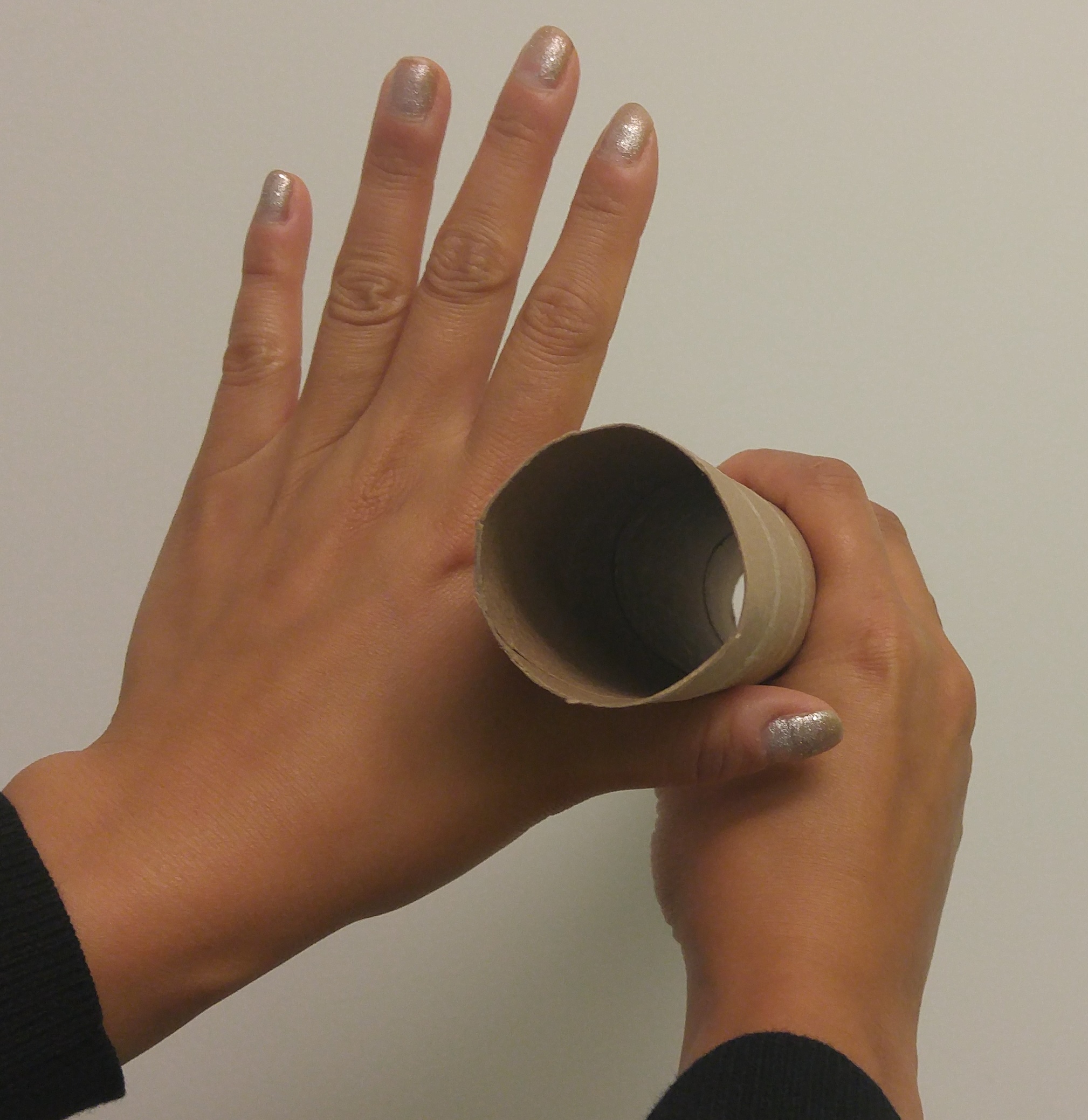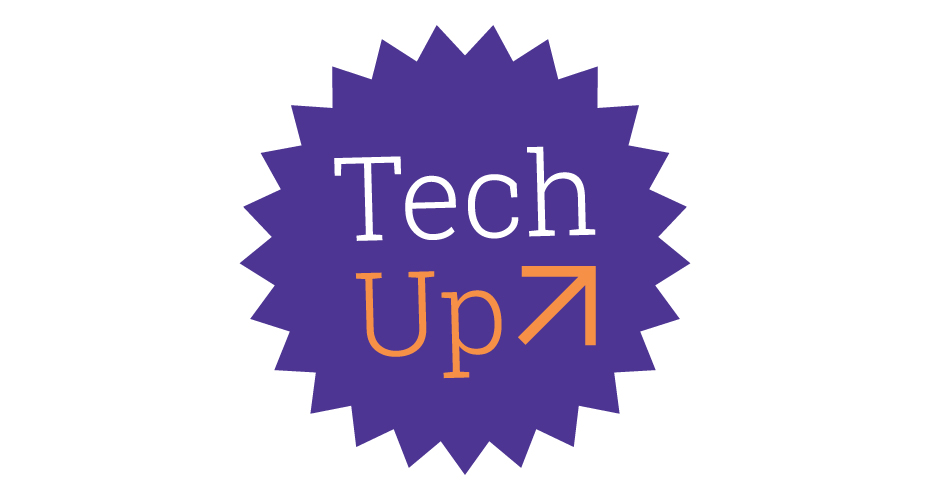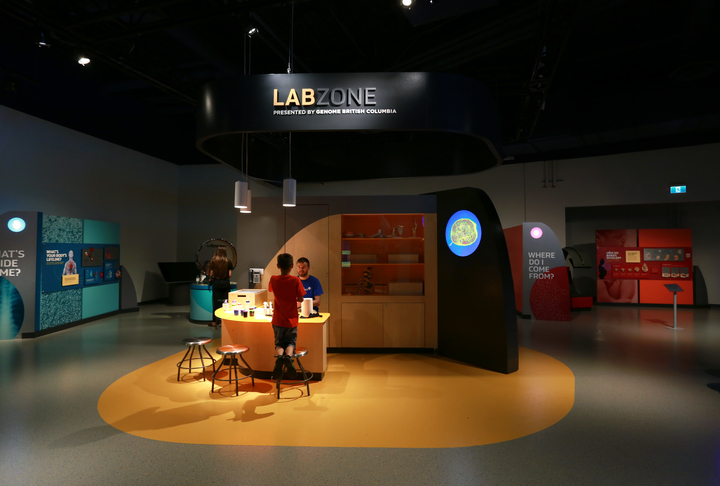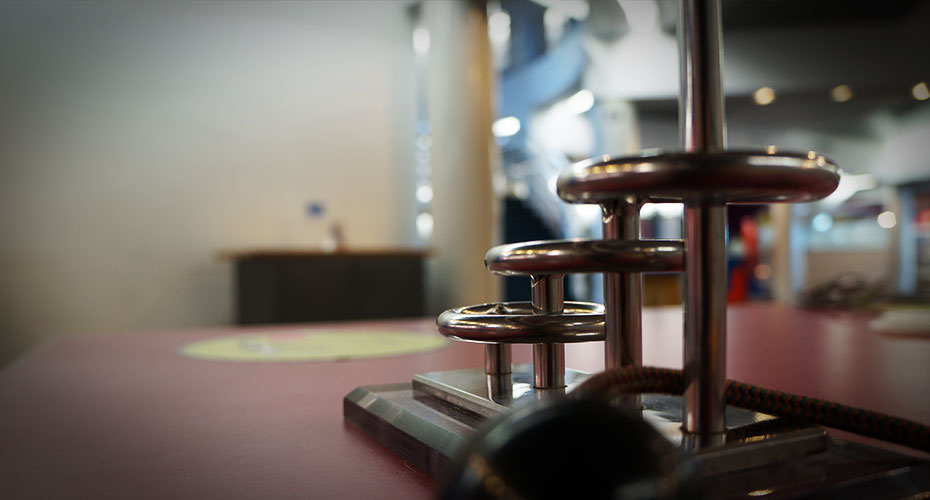In this activity students learn how the separate images from each eye can combine to create the illusion of a hole in the hand.
If you close your left eye, what do you see?
If you close your right eye, what do you see?
The two images you saw were probably pretty similar. Your brain knows that and is able to put the two images together and make one single image. With two eyes, we have a wider field of vision and can see more than we could with just one eye.
In a 3-D world, having two eyes helps us figure out how far away something is. Our eyes need to focus differently in order to see things at different distances.
To see something very far away, our eyes almost point straight forward. To see things really close, our eyes will have to slightly turn toward each other. These different focusing abilities help our brain figure out what is far away and what is really close.





